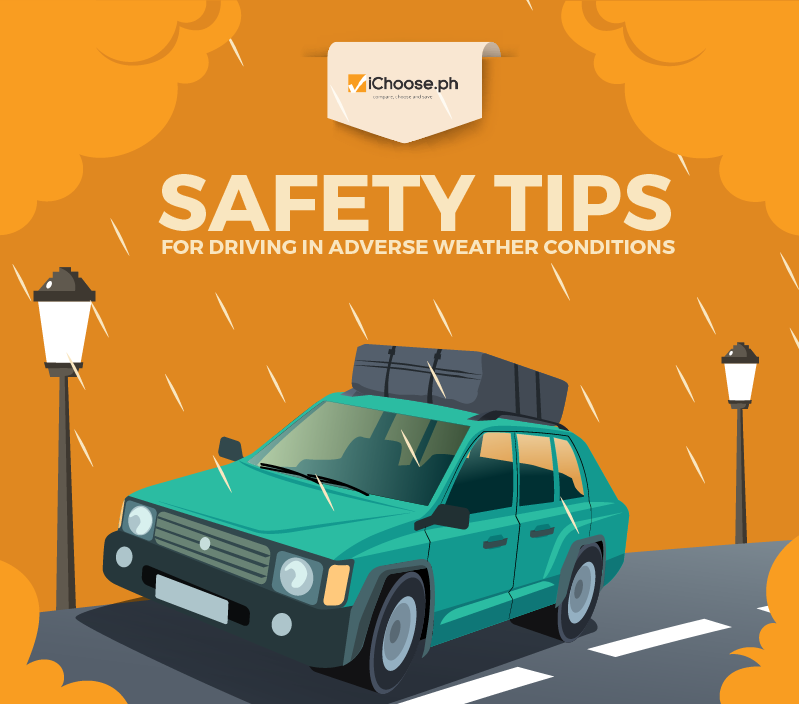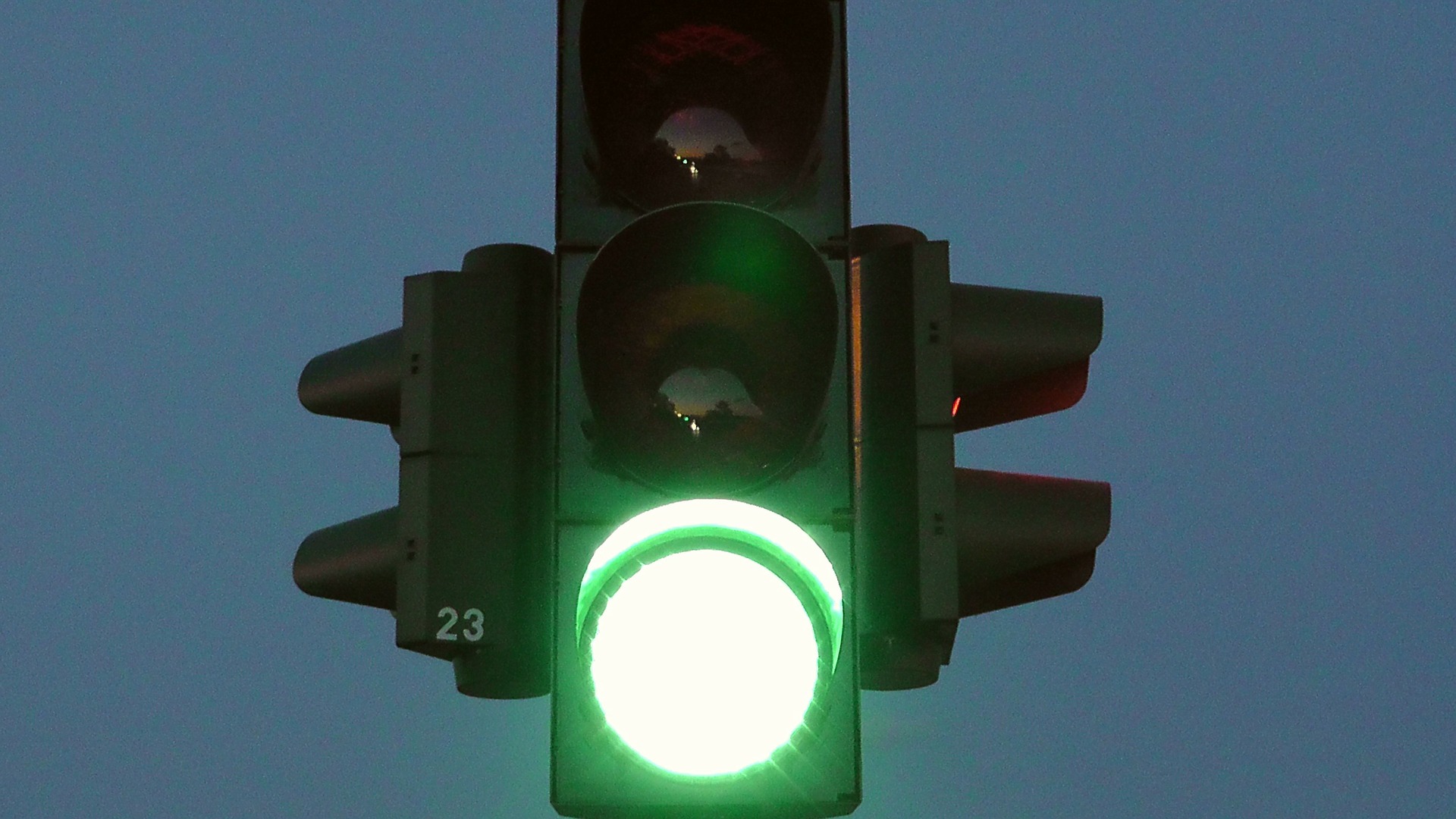7 Road Safety Tips to Remember [Infographic]
Owning a car and driving it is much more than just putting the key in the ignition, starting it, flooring the pedal, and getting to your destination.
It’s just as important, if not more, to practice road safety when you’re out and about with your vehicle in order to avoid unfortunate circumstances such as accidents.
As of May 2017, the World Health Organization reported that about 1.25 million people die each year as a result of road traffic crashes.
It is the leading cause of death among people aged 15 and 29 years, and if not prevented, it can be the seventh leading cause of death by 2030.
These statistics, however, can be lowered if we all practice road safety to make sure that we, and our fellow drivers, are safe on the road.
Here are our top tips on what to remember when you’re on the road and how to keep safe:
- Follow traffic signs
- Before you officially get your driver’s license, you may have taken an exam to determine whether you recognize traffic signs and their meanings. If you don’t pass, you may be asked to retake after reviewing the traffic signs again.
- Being able to recognize traffic signs is important for you to follow them. Traffic signs serve as warnings and regulations for drivers and pedestrians alike on what they should look out for on the road, such as speed limits, hazards, or rules.
- Following traffic signs prevents accidents that would’ve been easily avoidable with preemptive notices. For example, a traffic sign indicating a crossroad alerts drivers to look out for cars that may cross their way unexpectedly, thus avoiding a possible car collision.
- Some of the most common traffic signs that you need to know and follow include: (add pictures of 10 traffic signs: stop, no entry, crossroads/intersection, speed limit, slippery roads, no overtaking, pedestrian crossing/school zone, no parking, no u-turn/left/right turn, one way/two-way traffic)
- Buckle up for safety
- Seatbelts have been proven time and time again to be a force to be reckoned with when it comes to car crashes.
- They’ve been known to protect passengers and drivers from smashing into the windshield or catapulting from the vehicle during a powerful collision or at least preventing the body from being jarred during a sudden stop.
- Seatbelts also prevent the passengers from dangerously tumbling around if the car experiences being flipped over during a crash.
- If you are driving with children in the vehicle, it’s doubly important to have them strapped safely in the car while on the road. In the case of car accidents, sudden stops, or collisions, they are more susceptible to being injured due to the sudden change in speed and momentum.
- Don’t drink and drive
- It’s common knowledge nowadays that drunk driving is dangerous and should be avoided at all costs.
- In 2015, 10,265 people died from a car accident due to drunk driving, which accounts for nearly one-third (29%) of all traffic-related deaths in the United States alone.
- Drunk driving is punishable by law in many countries and there have been numerous notices on its dangers and how to avoid drunk driving altogether.
- Alcohol impairs the driver’s decision-making faculties, which makes them react slower to outside stimuli that can result to car accidents. It is also commonly known to make people drowsy, which can result in the driver falling asleep on the wheel and causing a car crash.
- If you are driving somewhere that will involve drinking, it’s important to set up a plan beforehand on how you’ll get home. Either has a friend who can drive for you or just take a taxi home.
- DO NOT ATTEMPT TO DRIVE IF YOU’VE DRUNK, EVEN A SMALL AMOUNT. The effects of alcohol should not be underestimated, especially when it comes to driving.
- Give courtesy to other cars
- Forcing your way through traffic and lots of other cars can account for accidents or unfortunate situations when other cars unexpectedly move or stop.
- It’s important to give courtesy to other cars and drivers as they are sharing the same road as yours. This minimizes the chances of getting entangled in a car accident that can involve other innocent drivers.
- If you are in an emergency and need to cut through traffic, use your hazard lights to signal to others to give way.
- On the same note, give way to drivers who use their hazard lights to avoid accidental collisions or other incidents.
- Being cool and patient
- It is very important to stay as calm as you possibly can when driving, especially when you find yourself navigating through busy and congested roads.
- Impatience and anger will not help you get to your destination faster; neither will it change the current road conditions. The best you can do to help the situation be more bearable is to stay calm and patient – the situation will pass eventually.
- Additionally, being cool and patiently allows you to avoid any altercations with your fellow drivers. It also allows you to practice giving courtesy to other cars – all of which can avoid car accidents or the police or traffic enforcers needing to step in.
- Be alert and practice defensive driving
- Be aware of what other drivers around you are doing. For example, if a car near you is slowing down and you can’t see the reason why they might be doing so to let a pedestrian cross. Do NOT attempt to overtake them.
- Assume other motorists will do something unexpected or crazy, and always be prepared to avoid it. A healthy amount of caution is necessary for all drivers as it keeps their reflexes in tiptop shape and this can help avoid unnecessary accidents.
- Keep a sizeable distance between you and the car in front – 2-3 seconds on a normal day and 4 second when the weather is bad. This gives you enough time to react if they abruptly stop without causing a collision.
- All forms of distraction should be kept away at all times while you are driving as well. DO not use your phone, do not take calls (even if they are handsfree), do not let your passengers distract you from focusing on the road.
- In fact, in 2015, Mythbusters uncovered that it is just as dangerous to use a cell phone hands-free as it is to use a cell phone while held in the driver’s hand in the 232nd episode, “Dangerous Driving”.
- It’s safe to say that even a workaround on normal distractions can still be enough of a distraction itself.
- It only takes a split second for a situation to go bad, especially on the road, and being distracted will cost you that.
- Always do safety checks, tires, brakes, etc.
- Unexpected problems with your car can cause headaches not only just for you, but your fellow drivers as well. You may even cause a serious traffic jam, or worse, endanger the cars around you.
- Here’s what you need to check before heading out, whether on a short trip or a long one:
- Fluids and leaks
- Tires
- Lights
- Seats (in case of carjackers)
- Windows and mirrors
- Gauges (batter, gas, engine temperature)
- Air conditioning, vents, and heating system
- Battery
- Windshield wipers and sprayer
- If all seems in order, you can head out with no problems. If there is anything wrong, especially if it is a major one, best to head first to a mechanic to have the car fixed, or fix it yourself.
More useful reads from iChoose.ph







![How to Check Your Car Before a Road Trip [Infographic]](https://ichoose.ph/blogs/wp-content/plugins/wordpress-23-related-posts-plugin/static/thumbs/29.jpg)